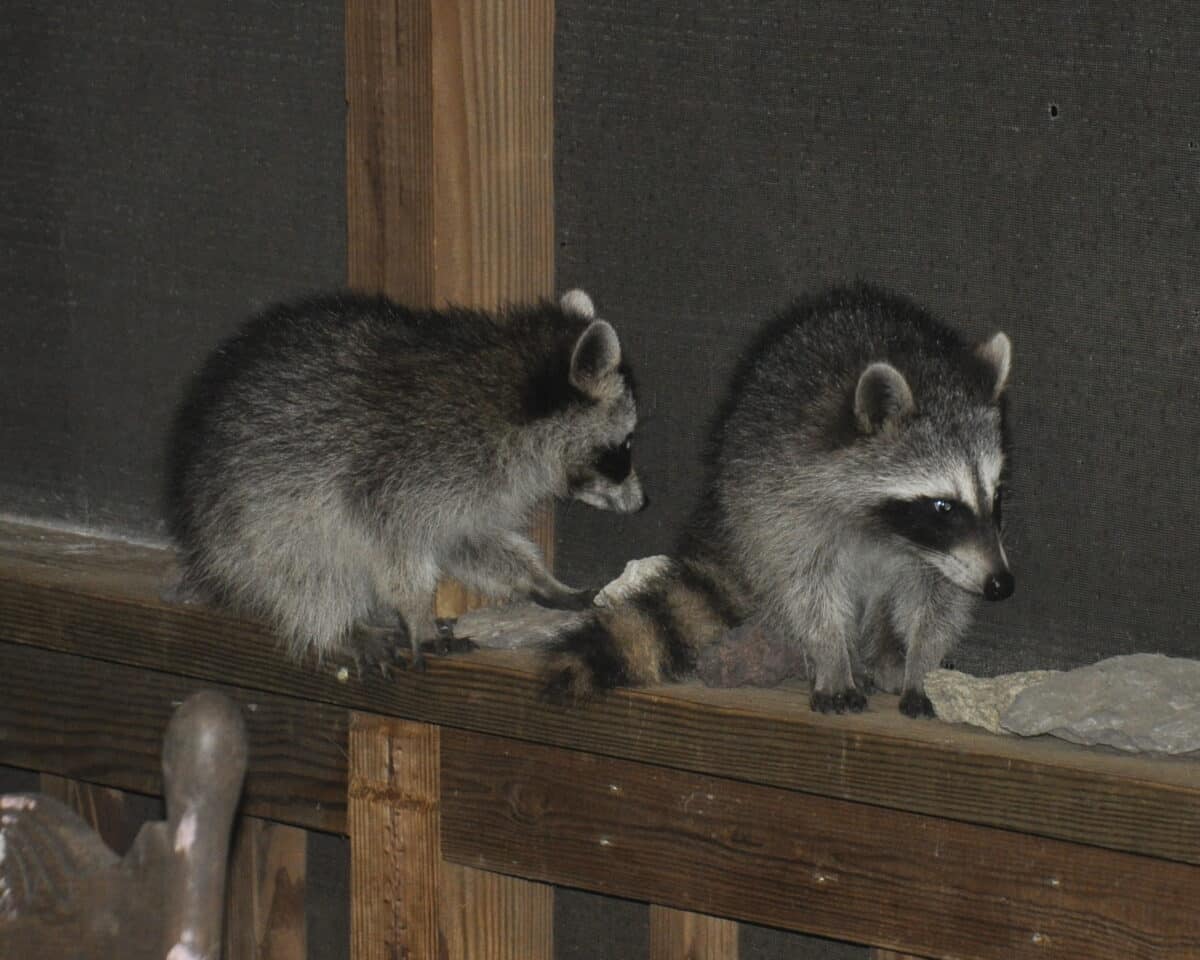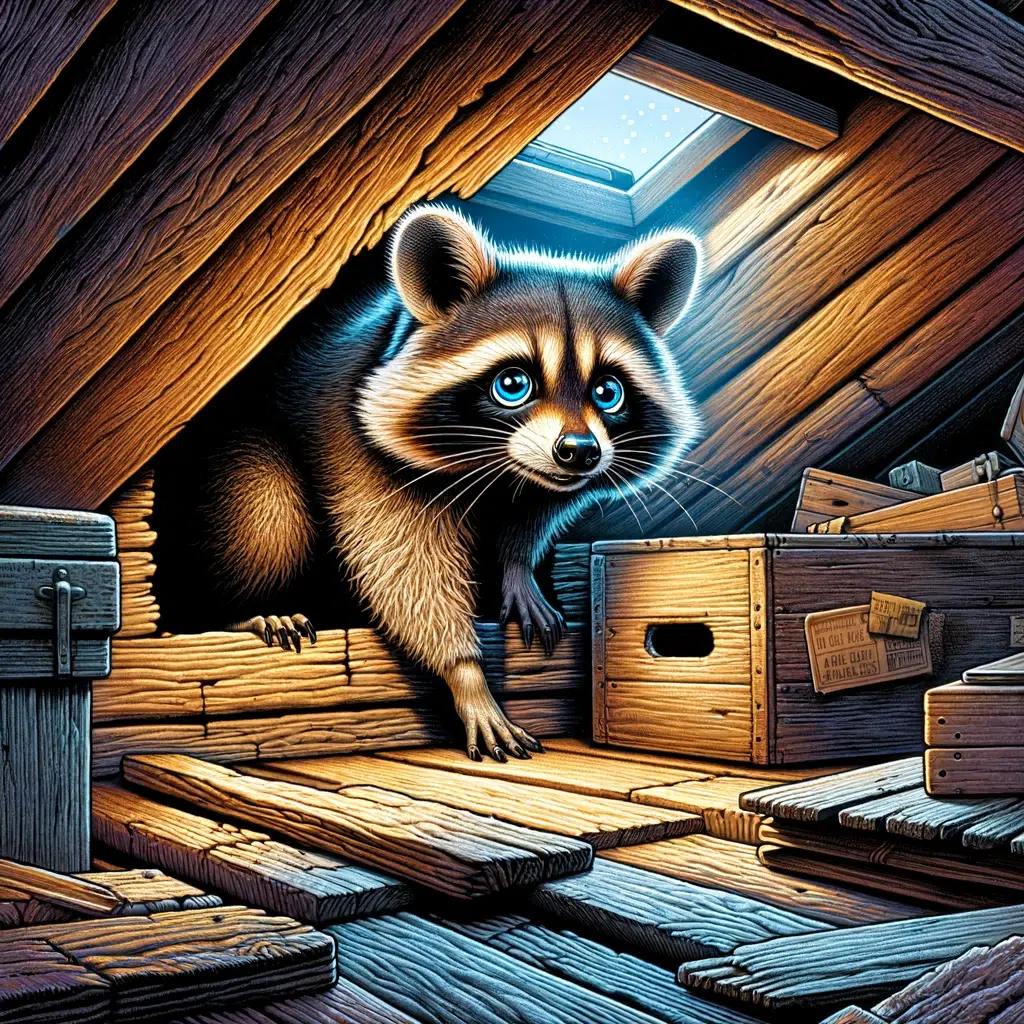Finding raccoons in your attic can be a surprising and potentially troublesome discovery. These intelligent and curious creatures often seek shelter in human habitats, especially in attics, due to the warm and safe environment they provide. Dealing with raccoons requires a careful approach, combining prevention, humane removal, and long-term management strategies.
Identifying the Presence of Raccoons

First, it’s essential to confirm the presence of raccoons. Signs include noises like heavy walking or scratching during the night (as raccoons are nocturnal), visible damage to the exterior of your home where they might enter, and droppings or urine stains in the attic space. If you notice any of these signs, it’s time to investigate further.
Safe and Humane Removal

Once their presence is confirmed, the next step is removal. It’s crucial to approach this humanely and legally, as raccoons are protected under wildlife laws in many areas. The best course of action is to contact a professional wildlife removal service. These experts can safely trap and relocate raccoons without harming them. Self-trapping is not recommended as it can be illegal and dangerous for both the homeowner and the animal.
Prevention Techniques

Preventing raccoons from entering your attic is more effective than dealing with them after they’ve moved in. Some key prevention strategies include:
- Securing Access Points: Conduct a thorough inspection of your home’s exterior to identify any potential entry points, such as loose siding, broken vents, or holes near the roofline. Seal these areas with sturdy materials.
- Trimming Tree Branches: Raccoons are excellent climbers. Trim tree branches that are close to your house to eliminate easy access to your roof.
- Securing Garbage Cans and Food Sources: Raccoons are often attracted to easy food sources. Ensure your garbage cans have secure lids and avoid leaving pet food outside.
- Using Deterrents: Some homeowners find success with deterrents like motion-activated lights or sprinklers, as raccoons prefer to avoid confrontation.
Long-term Management

After removing raccoons and securing your home, it’s essential to maintain these prevention strategies to avoid future invasions. Regularly inspect your home for new potential entry points, especially after severe weather. Keep trees trimmed and continue to secure food sources.
Legal Considerations and Wildlife Respect
Always consider the legal implications of dealing with wildlife. In many areas, certain methods of trapping and relocating raccoons are regulated or prohibited. Additionally, it’s important to remember that raccoons are part of our natural ecosystem and should be treated with respect and care.
Conclusion
Finding raccoons in your attic requires a multi-faceted approach involving identification, humane removal, prevention, and ongoing management. By taking these steps, you can peacefully coexist with these fascinating creatures while keeping your home safe and raccoon-free.
Up next:
Man finds a Trash Can Filled With Raccoons
Breaking and Entering Raccoon Gets Stuck in Roof
Raccoon Catches Snowflakes Outside a Home
Join our Forum for free today!

- The Kleptomaniac Cat That Rules Houston - July 20, 2024
- Elephant Makes a Lifelong Friend at Sanctuary in Tennessee - July 14, 2024
- Evidence For World’s Oldest Fossilized Forest Discovered in New York - July 11, 2024

